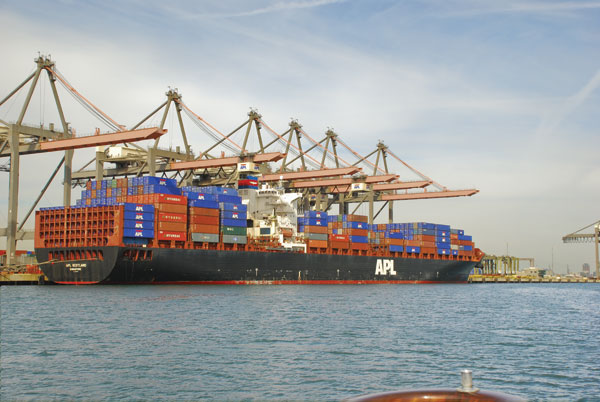Cooperatives Work Together helping dairy producer bottom line
Since 2010, export program has moved more than 11 billion pounds of total milk equivalent.

National Milk Producers Federation (NMPF) and its members have a long and proud history of working to move the dairy industry forward, and nowhere is that legacy clearer than in the Cooperatives Working Together (CWT) self-help export program, according to Jim Mulhern, chief executive officer of NMPF.
“CWT is a way for dairy farmers to help one another by giving support that boosts milk prices for everyone. And with the entire sector struggling with trade and economic challenges, this self-help effort is more important than ever,” Mulhern noted in his monthly “NMPF CEO’s Corner” newsletter.
In the 15 years since it came into existence, CWT’s Export Assistance Program has allowed U.S. dairy farmers to bypass government red tape and pool resources to bolster overseas sales through their own efforts, he explained.
Since 2010, Mulhern said CWT export assistance has moved more than 600 million pounds of American-type cheese, 230 million pounds of (unsalted, 8% milkfat) butter, and 57 million pounds of whole milk powder to more than 250 customers in 58 different countries. These exports represent more than 11 billion pounds of total milk equivalent, he said.
“So far this year, CWT has helped member cooperatives capture contracts to sell nearly 1.3 billion pounds of milk equivalent. It all adds up to an improved balance of supply and demand — enough to improve the milk prices received by all U.S. dairy farmers by as much as $0.50/cwt., according to both external and internal estimates.”
The additional revenue — a price boost that ends up being a multiple of the $0.04/cwt. contributed by participating co-ops and individual producers — is welcomed by farmers in a year when dairy has been rocked to the tune of more than $1 billion in lost farm income due to retaliatory tariffs and market uncertainty, Mulhern said.
“Tariffs against dairy have become an unfortunate feature of this year’s trade war — and while it would be nice if global markets remained stable while trade tensions resolve, the dairy marketplace is dynamic.”
According to Mulhern, large dairy companies in Northern Europe are joining suppliers in New Zealand and Australia as formidable competitors. European dairy producers who are experiencing slow domestic growth following the end of production quotas and the loss of Russian exports are increasingly trying to take U.S. market share, he added.
“Foreign producers envy CWT’s role in helping U.S. producers win business deals worldwide — there’s nothing else quite like the low-bureaucracy, high-return model of American dairy producers working together to market dairy products the world demands and doing so at competitive prices. But that doesn’t mean our competitors stop working to benefit their own interests. And in the current surplus environment, they too can drive hard bargains against U.S. products.”
Earlier this year, NMPF’s board of directors reiterated support for CWT by voting to extend the program through 2021.
“Next year, CWT will implement recommendations from this year’s strategic review, which sought to increase innovation, address the challenges of the current market and boost collaboration with related dairy-producer export efforts,” Mulhern relayed, adding that the program will only become more important in the years to come.
When milk prices are low and domestic markets aren’t growing as fast as our dairy farmers can increase output, the U.S. dairy industry must increasingly look toward exports to boost sales and demand, he explained. However, he said that view has become clouded in 2018 due to trade policy disruptions and may remain so for the foreseeable future.
“CWT helps make the vision of expanded trade a reality, providing genuine self-help assistance through trade while laying the groundwork for better times ahead. It’s something to celebrate as the year comes to an end, and because of the support for the program from both cooperatives and individual producers, it is a gift that keeps on giving — not only to the CWT membership, but for the entire U.S. dairy industry and consumers worldwide who benefit from our products.”
About the Author(s)
You May Also Like




.png?width=300&auto=webp&quality=80&disable=upscale)
